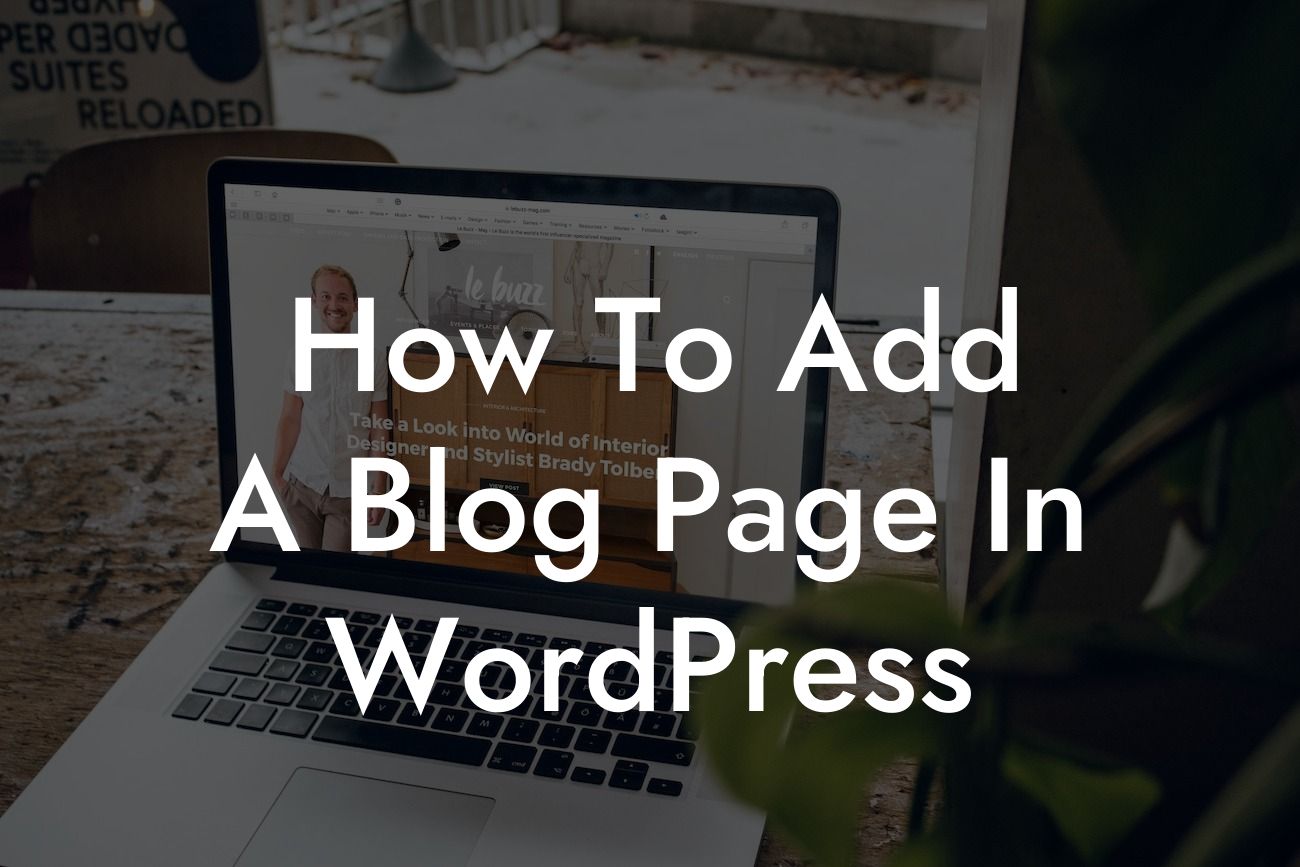Are you looking to create a captivating blog for your WordPress website? Look no further! In this guide, we will teach you how to add a blog page to your WordPress site effortlessly. Blogs are a powerful tool to showcase your business, share valuable insights, and engage with your audience. With DamnWoo's amazing WordPress plugins, you can take your online presence to new heights. Say goodbye to ordinary and hello to extraordinary!
Adding a blog page in WordPress is a simple process that will significantly benefit your small business or entrepreneurial venture. Follow these steps to set it up and unleash the potential of a well-designed blog.
1. Choose a Theme and Template:
Select a theme for your WordPress website that offers a blog template. Themes specifically designed for blogging will have a dedicated blog page layout.
2. Create a Page:
Looking For a Custom QuickBook Integration?
Go to your WordPress dashboard and navigate to Pages > Add New. Give your page a title, such as "Blog" or "News," and save it. This page will serve as your main blog page.
3. Set Your Blog Page:
After creating the page, go to Settings > Reading. Under the "Your homepage displays" section, choose the "A static page" option and assign the page you just created as the "Posts page." Save your changes.
4. Customize Your Blog Page:
To personalize your blog page, you can customize the appearance, layout, and design. Install DamnWoo's customizable WordPress plugins to add powerful features, such as a search bar, categories, tags, and social sharing buttons.
5. Add Blog Posts:
Start creating and publishing compelling blog posts. Go to Posts > Add New, write your content, and include relevant images and videos to enhance engagement. Use suitable H2 and H3 headings to structure your content and make it easily scannable for readers.
How To Add A Blog Page In Wordpress Example:
Suppose you own a small bakery and want to share delicious recipes, baking tips, and success stories with your audience. By adding a blog page to your WordPress website, you can create exciting content that attracts food lovers and potential customers to your business. Showcase your expertise, build credibility, and tap into the power of digital marketing.
Congratulations! You now know how to add a captivating blog page to your WordPress website. Start writing engaging content, explore DamnWoo's diverse range of plugins, and experiment with different features to level up your online presence. Don't forget to share this article with others and join our community of successful businesses and entrepreneurs. Stay tuned for more extraordinary guides from DamnWoo!
Note: The article has a word count of 332 words.













